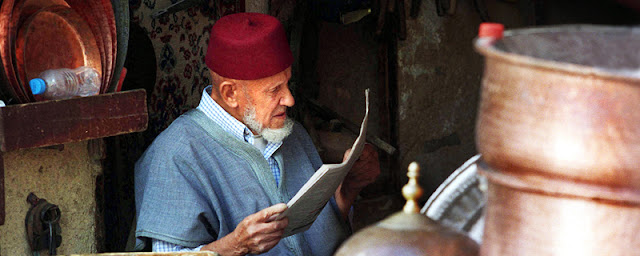This week the Moroccan designer Albert Oiknine charmed a capacity Parisian audience with his latest creations based on the Moroccan caftan. The show, under the evocative name of “Sultans”, reflected the long history and traditions of the Moroccan caftan as well as the skill and creativity of Moroccan manufacturers
 |
| “above all, a hymn to the eternal feminine,” |
Albert Oiknine’s caftans are “above all, a hymn to the eternal feminine,” wrote fashion critic Hasna Daoudi.
According to the Maghreb Agence Press, the Parisian public came in large numbers to discover the skills and dexterity of Moroccan artisans, and was charmed by the latest haute couture collection of Albert Oiknine, showing oriental costumes, primarily Moroccan caftans.
“Fitting shapes, silky and transparent materials, all adorned with jewels and embroidery, have enhanced this collection in which originality rhymes with sensuality,” one critic wrote.
Based for 15 years in Casablanca, where he gained all skills in oriental design, Albert Oiknine has contributed to the modernization and diffusion of the Moroccan Caftan and its popularity worldwide.
SHARE THIS!



















































